Brief 1 Task 1: Presentation on a studio based photographer.
Prepare a 15 Minutes presentation on a selected studio based topographer. In historical context and then focus on photographic and technical aspect rather the biographical (PowerPoint presentation is also been added to this blog below
I have always been interested into ‘fashion photography portraits’, and modelling photo-shoots photographer as well as nature, landscape and flower photography (Incorporating photographers’ style of erotic flowers- focusing on texture, details and softness.)
For this unit – (Studio Photography) my objective was to understand the concepts of – ‘How to direct a pose’, how to use certain lighting conditions when photographing females and male models from different perspectives. After having investigated into various of inspiring photographers i.e:
- Annie Leibovitz – (American portrait photographer, Annie was recognised for photographing famous celebrities, imitating intimate settings and possess.)
- Yousuf Karsh (1908 – 2002) (American photographer known for his notable portraits – highly known for his famous portrait of Winston Churchill
- Ansel Adams (1902- 1984) (American landscape photographer and was known for his amazing height, landscape and leading lines photographs.) Ansel was known for his black and white images for the American West.
There are so many other famous photographers including, Irving Pen, Richard Avedon, Tim Walker etc which have their own style of photography. I decided to choose ‘David Bailey’ – as his photography style involved excellent usages of lighting, composition and Bailey’s reconstruction in the industry of fashion.
Slide 1: David Bailey (Contemporary British Photographer)
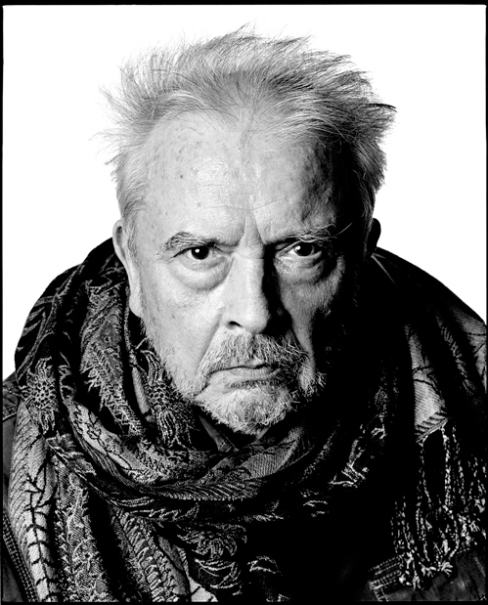
“It takes a lot of imagination to be a good photographer. You need less imagination to be a painter because you can invent things…but in photography everything is so ordinary; it takes a lot of looking before you learn to see the extraordinary.”
Slide 2:About David Bailey (History) – British Photographer (1938)

To capture the simplicity of beauty and life, to tell a story or to simply communicate an idea in the art of photography, clearly represents David Bailey’s photographer. David Bailey has been recognised as one of the most iconic ‘contemporary’ photographers’ highly known for his fashion photography (particularly shooting ‘Vogue’ cover magazines.) Bailey is one of the few that has highly mastered portrait photography and has worked with many celebrities and models such as Jean Shrimpton, Penelope tree, Kate Moss and many more.
Bailey has clearly conquered excellent lighting techniques in his portraits (which will be further explained and demonstrated in this presentation.) David Bailey – British photographer, who has mastered photography for advertising, celebrity and has been involved in major projects in the fashion industry.
David started with a passion in painting and photography – in 1959 was his first step to his photography leading career, where It all started at the John French Studio. This is where he had become involved into fashion photography and which led his success.
Slide 3: Bailey Timeline History
- 1938 DB was born, his interest was always involved painting and photography (After being unable to obtain a place at London College of Printing, Bailey became a second assistant to David Ollins, in Charlotte Mews. He earned £3 10s (£3.50) a week and acted as studio dogsbody. Bailey was then invited to an interview with photographer John French.
- 1959 Bailey became apprenticed at the Johns French Studio where he became involved in the fashion photography.
- 1960 He began photographing for British Vogue (magazine) for 15 years and then developed into freelancing for other newspapers and magazines.
- Bailey began publishing the fashion photography magazine – Ritz and continued photographing celebrity portraits for publications in Harpers bazaar, and the London Times.
- 1972 David’s works reflects the – 1960’s British cultural trends of breaking down antiquated and rigid class barriers by incorporating a work class and a ‘punk’ look into fashion.
- Bailey was the leader artist of ‘swinging London’ a cultural movement in the 60’s about modernism and youth. The national portrait gallery – also dedicates one of the biggest photography exhibitions on the honor of David Bailey with 250 portraits – called ‘Stardust.’
Slide 4: Bailey’s Camera Equipment & Techniques

David Bailey’s first camera that launched his career – was a cheap knock off – Rolleiflex, (which existed for several decades) TLR- stands for twin lens reflex.)
Rolleiflex – was loved and used by many world-famous photographers. Rolleiflex name came from implying roll of a film in a Heidoscope and the twin lens reflex was designed for Roll film – hence the name Rolleiflex. Bailey as like all photographers first started off with Rolleiflex 2.8F (introduced by Franke and Heidecke.)

The 2.8F TLR twin lens reflex – was known as the most professional camera in the marked for 20 years -it provided reliability and quality photographs. Photographers like Irving penny, including Baileys also started of with Rolleiflex – with its optical quality of 80mm F2.8 its mechanical shutter synchro comport. This camera was often used in fashion and people photography.
Rolleiflex 2.8F – was less expensive and had less weight, in 1958 – 3.5F Rolleiflex was introduced with choices of 2 lens – Zeiss Planor or F3.5 Schneider Xenotar – which guaranteed that photographs were always taken with small aperture (Which Bailey in most fashion photography had used.)
In 1962 Bailey and Shrimpton headed over to New York for what became the most famous fashion shoot in history. He threw out the medium format camera he had been asked to use by Vogue and took out his Pentax Spotmatic S3 35mm camera and began to shoot candidly on the streets of New York city.
David Bailey in one of his interviews mentioned:
“I never got this problem with Pentax. I used Pentax cameras ages ago, then tried Nikon and Nikkormat. Not just a camera, you understand, but four bodies at a time, and a dozen lenses, motor drives and so on. Quite an investment. Why have I gone back to Pentax? Several reasons. First, I don’t get scratched transparencies or if I do occasionally, I know it isn’t the camera’s fault. Second, the Pentax cameras I use seem to go back for repair a lot less often than other cameras I’ve used. Maybe I’ve been unlucky in that respect, but I do get a feeling of confidence with my Pentax gear.
I use a whole range of SMC lenses, but my latest love is the 15mm f/3.5 SMC Takumar, one of the most exciting lenses I’ve ever used. Just looking through it seems to spark off a train of creative ideas.”Finally, ” You know, I’m one of those photographers who uses cameras. I’ll sum up my feeling for Pentax in three words, reliability, durability, confidence.”
In the studio David Bailey uses everything from 35mm to 8×10 inch cameras to produce his world-famous fashion pictures. Bailey Sates: I’ve worked with top cameras, Nikon, Nikkormat and Pentax”, he says, “and finally I’ve come back to Pentax,”
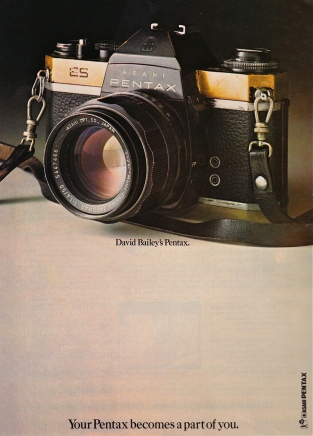
Bailey become famous for using the Pentax – What was so amazing about the model Pentax Spotmatic? – 35mm single reflex (between 1964 – 1976. This model allowed one to focus on the lens at highest aperture. Spotmatic – one of the first SLR’s on the market to offer TTL (Through the lends) as Bailey mentioned it was ideally know for its “ reliability, durability, confidence.”
Slide 4: David Bailey’s – Photography Composition
Bailey used a white background -in his “Box of Pins” project in 1965 – we can see he has used a combination of harsh lighting, tonal compression and high contrast printing which really enhanced the sharp-edged precision to his images. Bailey shot mostly in white backgrounds – in order to isolate his subjects, cropping them in tight composition at all times.
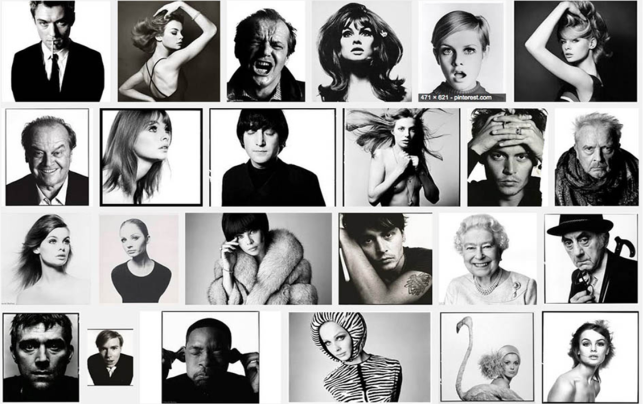
The swinging London style was reflected in Bailey’s work, some of his work was known for the famous Box of pins – which consisted of a box of poster prints of the 1960’s celebrities, including: The Beatles, Mick Jagger and the Kray Twins. The contemporary British photographer photographed some of the most compelling images over 5 last decades.His first step of fame included: Jean Shrimpton, Penelope Tree and legends such as the rolling stones, Kate Moss and so on.
(David Bailey Famous photograph of Jean Shrimpton)

Composition – Closely cropped shots, using shallow depth of field (small apertures in order to capture quality portraits.) Also, from his photos we can see photography compositions from low angles, three quarter lengths and straight on point. Most of Bailey’s photography – are portrayed very simple, straight to the point which clearly focuses on the subject.
DB – uses a combination of different angles, different forms of structure, no additional props to enhance his photographs, in one of the articles it stated, he has portrayed angles to accentuate the natural features of the women in the photographs
Slide 5 Did Bailey use Colour in his photography?
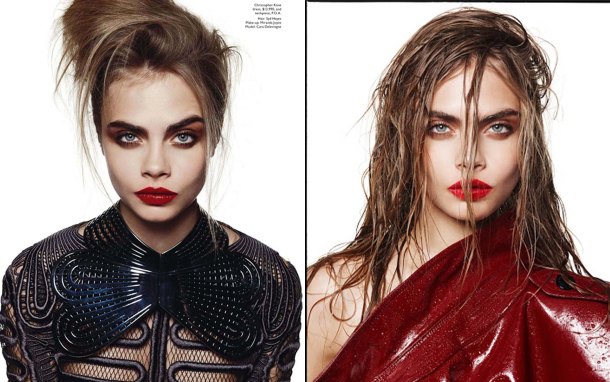
- Bailey’s – had his own style, his signature style, predominantly portrayed black and white. He also photographed in colour, which also added ‘versatility’ in his photographs.
- Bailey’s colour photographs – has demonstrated strong colour vibrancy and bolder colours.
Slide 6 What was David bailey’s – studio lighting style?
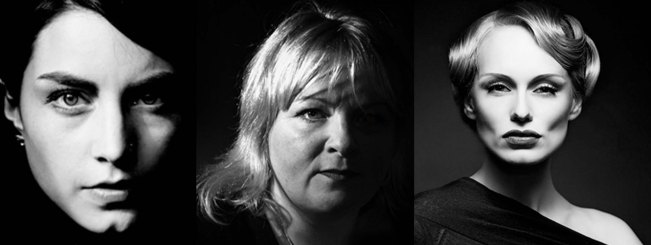
Looking through a range of Bailey’s photographs, he has used a lot of soft lighting, but his printing techniques has portrayed harsh lighting. Bailey has clearly demonstrated the use of 2 popular lighting style which can be Clearly seen from his portraits
For fashion he has used ‘Butterfly lighting’ particular when photography females and for male celebrities he has portrayed the use of ‘Rembrandt’, merged with a hint of split lighting which has clearly characterized the each individual personality
Slide 6: Studio Lighting – Rembrandt in men portraits (Diamond Shape light)

I came across of many portraits (taken by Bailey) and was able to analyse the popular usage of his lighting patterns – I was able to spot out – ‘Rembrandt’ as well as the usage of ‘Butterfly Lighting.’ From my research I have noticed that David Bailey has taken many celebrity portraits and have used the Rembrandt style of lighting in order to portray the usage of of harsh lighting.
Bailey has particularly used this type of lighting when shooting men. Bailey has created this stereotype mood, portraying the gender of masculine in his portraits and through his lighting techniques.
Rembrandt – Fashion female photograph analysis:

Slide 7 Butterfly Studio:

Lighting from above and straight on – which provides a butterfly shape across the cheek bones, and allows shadows to form sculpture to show facial features.
- A clear example of the use of the ‘Butterfly lighting’ -Bailey’s has portrayed the use of ‘Butterfly lighting – also known as the ‘Paramount lighting’ and is often referred to glamour lighting.
- Looking through some of David Baileys fashion photographs – I have analysed how the photographer has used the light directly from above creating shadows, and directly below the facial features.
- The butterfly light give a butterfly pattern on the cheeks, chin and nose and has clearly been portrayed in some of Bailey fashion photographs, hence why Bailey has been recognised as one of the portrait master of photography.
- Eyelashes slight enhancement from the shadows
- Defined – features – light creating shows on the cheekbones (demonstrating the use of bone structure, defined)
- Shadow under the lip
- Defined outline of the jaw line – to the see the shape of the face
Kate Moss – Lighting Analysis
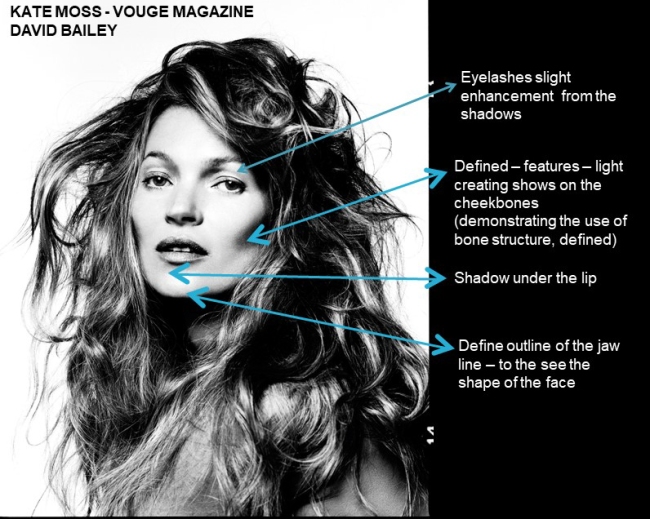
Great example where bailey has used the butterfly lighting.
- The light has clearly defined the cheekbones.
- This light has also lifted the narrowness of the face and has enhanced the facial cheekbone and features.
- There is a small shadow under the nose perfect for fashion, modelling and particularly for makeup and for the glamour industry.
- The butterfly lighting – clearly has been defined in Bailey’s portfolio of photographs- perfect to define Facial lines – almost sculptured
Basic Loop Lighting – Diana
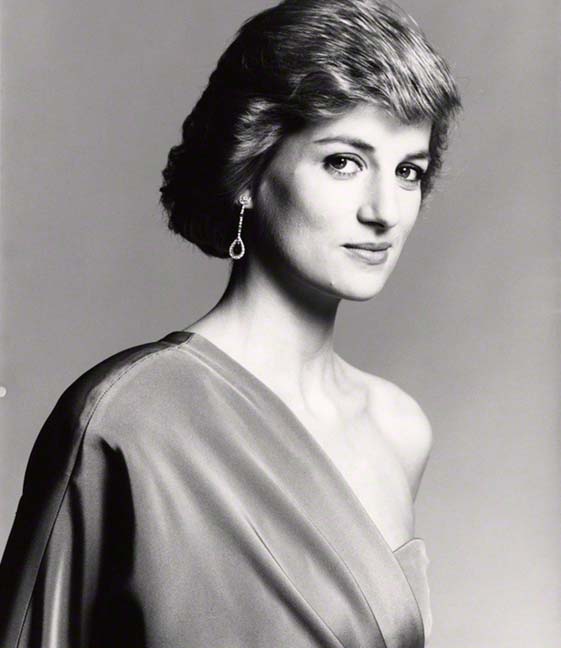
- Composition – to the side, angled.
- Lighting – facing from above. (Bailey has used a very few Loop lighting techniques in his portraits, this portrait is one of them.
- Bailey has created shadows of the cheek bones and has created a visible shadow under the nose – this type of lighting often reflects to loop lighting
Loop lighting – pattern creates the shadows and forms a little upon the subject cheek.
- Bailey has used the loop lighting technique for Diana’s portrait photography, as this lighting techniques creates certain shadows across the cheek and support lifts Diana’s oval face by lengthening the face and allowing the cheekbones to appear higher. Loop Lightening – slimmer’s face, creating definition.
Slide 8 Did Bailey use Split Lighting?
This type of lighting reflects – one side completely lit up and , where as the other half complete dark almost portraying ‘The villain type portrait’ Split lighting is a very ‘moody’ lighting option, so it is generally used when the photographer wants to create a strong sense of drama with the image.
From reviewing some of Bailey portraits photos and lighting techniques – I was unable to find the usage of ‘Split lighting used in Bailey’ photography of portraits.
If so , this type of lighting would have been well merged with using Rembrandt lighting. Hardly any alone split lighting portraits has been identified from Bailey portraits..
Split Lighting itself has also been less frequently used in portrait photos. Bailey clearly express his work, by applying the correct techniques of lighting, hence why Bailey was defined as the mater of portrait photography and his work – was mostly recognised though his iconic fashion images.
Slide 9: Overall Summary
Bailey has been one of the most inspiring photographers as well as others photographers, which represents their individuals working techniques. I have manged to develop a greater understanding in dept to how photographers such as Bailey has embraced the usage of lighting and how they have developed their skills through time changes with technology development over the years.
Bailey is one of my favourite portrait photographers, I was able to understand a deeper context of how different lighting patterns can have such an impact – on certain portraits, objects and in different location and places. Bailey is an absolute master at studio lighting and the brilliance of his lighting set-ups had made me understand the understand of studio lighting,
Before finishing my presentation – I would like to show a small clip of David Bailey before closing.
David Bailey (2 mins clip) https://www.youtube.com/watch?v=676clxKJbYA